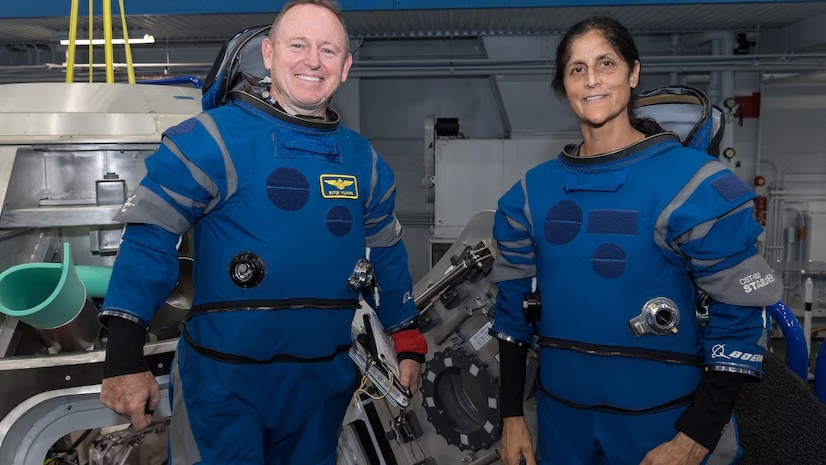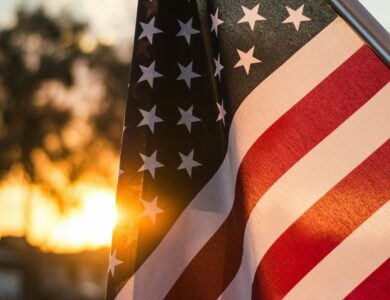SpaceX Crew-9 Steps In After Boeing Starliner Faces Propulsion Issues

Washington, USA: In June, the Boeing Starliner successfully lifted off to the International Space Station (ISS) carrying NASA astronauts Sunita Williams and Barry Wilmore. Originally set to return after an eight-day mission, technical issues extended their stay by an unexpected eight months. A propulsion malfunction, highlighted by helium leaks, led to the mission’s delay. These helium leaks compromised the spacecraft’s structural integrity and maneuverability, rendering it unsafe for the return trip. Additionally, problems with thrusters and valves compounded the issue, leading to an abort of the return plan.
This mission was crucial for Boeing, aiming to establish the Starliner as a reliable alternative for transporting NASA crew to the ISS, challenging the stronghold SpaceX has in this field. This flight was Starliner’s first human spaceflight, showcasing its ability to support crewed missions.
SpaceX Takes Over
As the Starliner faced its technical hurdles, SpaceX stepped in to provide a solution. Their Crew-9 mission, commanded by NASA’s Nick Hague and Russian cosmonaut Aleksandr Gorbunov, successfully docked with the ISS to bring Williams and Wilmore back to Earth. This NASA-SpaceX mission will return the astronauts by February next year, with Crew-9 remaining aboard the ISS for five months.
Meanwhile, Starliner, after undergoing extensive testing, returned to Earth without the crew. Its delayed return had a ripple effect, pushing the launch of the Crew-9 mission from August to September, as NASA needed additional time to ensure Starliner’s reliability.
The extension of the astronauts’ stay raised questions about their survival in space. However, NASA reassured that the ISS had more than enough supplies to support the crew. Recent resupply missions delivered food, water, fuel, and other essentials, making sure the astronauts were in no danger.
Beyond regular resupply missions, the ISS provides a unique living environment. With no gravity, astronauts can sleep anywhere – on the walls, ceiling, or floor – in specialized sleeping stations. The space station also allows them to stay connected with Earth, offering options like video calls, audio calls, and email access.
During their prolonged stay, Williams and Wilmore made use of the ISS’s “Veggie” system to grow fresh produce, even experimenting with new techniques to improve crop yields in space. This research is a key part of preparing for future long-term space missions.
While the delay caused unexpected challenges, the mission highlights both the complexity and importance of advancing space travel, paving the way for more reliable crew transportation in the future.








